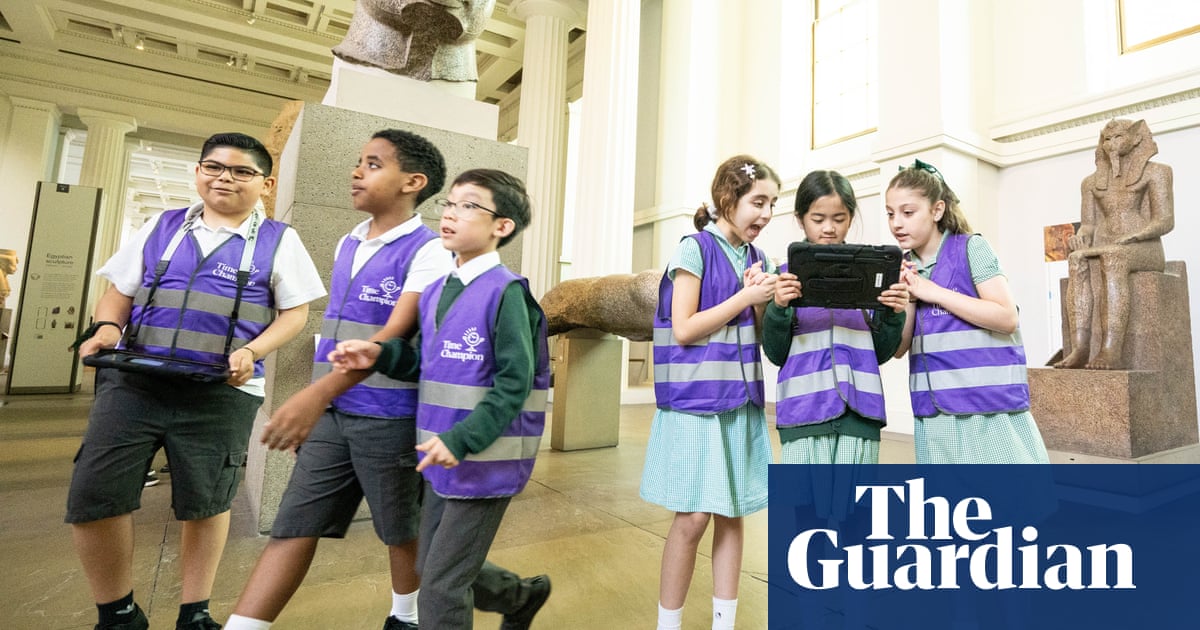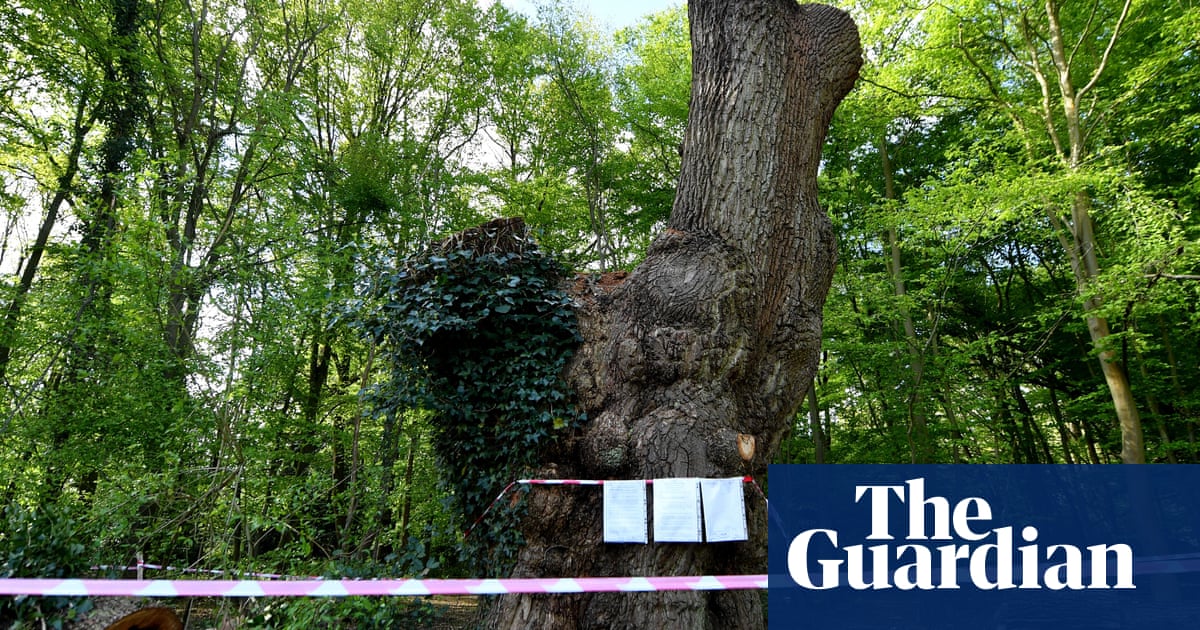Past case of death cap fatality in Australia, court hears
Prosecutor Nanette Rogers SC turns to recent death cap mushroom poisoning cases. Dr Thomas May says there is no central registry of death cap mushroom poisonings in Australia.
He points to a case, reported in 1997, where a husband and wife in Melbourne the previous year had cooked wild mushrooms. The husband later died in hospital.
Rogers takes May to a statement he made based on four images that were posted on the iNaturalist website.
May says the images are “highly consistent with amanita phalloides – death cap”.
He says the four images were posted together on the website but he cannot remember the exact date.
Key events Show key events only Please turn on JavaScript to use this feature
The trial has concluded for the day
Here’s what the jury heard on day 10 of Erin Patterson’s triple murder trial:
1. Dr Laura Muldoon, who treated Erin at Monash medical centre, said the mushroom cook appeared “clinically well” on 31 July – two days after the lunch.
2. Medical testing showed Erin had no signs of liver toxicity before she was discharged from Monash medical centre on 1 August, the court heard.
3. Jurors were shown a photo of the remains of the fateful beef wellington meal. The photos show a pastry encasing a brown paste. There are also leftovers of the brown paste in the photo.
4. An internationally renowned mushroom expert, Dr Thomas May, told the court he posted a post of death cap mushrooms he had spotted on a walk to the “citizen science” website iNaturalist. He said the post included several photos, latitude and longitude and geo-coordinates, but not the specific street.
We’ll be back at 10.30am for day 11’s proceedings. Thanks for following along.
Foraging may have become more popular during Covid-19 pandemic, mushroom expert says
Lawyer Sophie Stafford asks Dr Thomas May about “mistaken identity” in the context of mushroom poisoning.
He says “mistaken identity” is when a person thinks they are collecting one thing but it can instead be toxic. He says this is the most common form of poisoning.
Stafford asks May about a study he conducted on the accuracy of apps used to identify poisonous mushrooms.
He says there is concern about the apps, which use AI technology, misidentifying Australian species.
May says there is a “rising interest” in mushroom foraging in Victoria that may be associated with the pandemic.
He says the Victorian Poisons Information Centre recorded an increase in calls during the Covid-19 period.
But he says it was also a “rather wet” period and it is hard to disentangle these two factors.
No simple rules to distinguish toxic from edible mushrooms, expert agrees
Lawyer Sophie Stafford asks Dr Thomas May if there are no simple rules to distinguish toxic mushrooms from edible mushrooms in the wild.
“Yes,” he says.
He says it is generally only after consumption that it can be determined if a mushroom is toxic.
May agrees that the Amanita species contains toxic and edible mushrooms.
Fungi expert agrees death cap mushrooms under-reported in regional areas
Lawyer Sophie Stafford says Dr Thomas May has made clear the limitations of his opinion when looking at the 10 images and where he required further information.
“That is correct,” he says.
Under cross-examination by Stafford, May agrees that death cap mushrooms may not be reported on websites like iNaturalist because there are no regular surveys in the state besides “sweeps” done at some locations in the Royal Botanic Gardens in Melbourne.
He agrees there is an under-reporting of death cap mushrooms in regional areas.
Fungi expert shown pictures of mushrooms in court
Erin Patterson’s lawyer, Sophie Stafford, has begun cross-examining Dr Thomas May.
Stafford is taking May through 10 images of mushrooms and asking him to identify which ones are consistent with death caps.
May says some images do not reflect the actual colour of the mushroom which can make it difficult to determine the species.
For all of these images there might be a possibility … it could be something else.
Fungi expert posted death cap mushroom location on naturalist site
Fungi expert Dr Thomas May says on 21 May 2023 he submitted a post about some death cap mushrooms he had spotted on a walk to the iNaturalist website with “several photographs”.
The post included the location of Outtrim.
He says he submitted the post under his iNaturalist profile name “Funkey Tom”.
The jurors are shown a screenshot image of the post.
May says the location uploaded was “fairly accurate.”
He says he dropped a pin location in the post to show where he had spotted the death cap mushroom.
‘High confidence’ mushrooms shown to him by police were death cap, expert tells court
The jurors are now shown three images of mushrooms that were supplied to Dr Thomas May by a Victorian police detective.
The first image shows about a dozen mushroom caps spread out on a tray.
Prosecutor Nanette Rogers asks May if these are consistent with death cap mushrooms. May says “these photos are consistent with amanita phalloides”.
I have a high confidence it’s consistent with that.
But he says there are other mushrooms that could appear the same.
Another image shows five mushrooms on a scale.
May says these mushrooms are consistent with field mushrooms and button mushrooms, which he says can be bought from a supermarket or green grocer.
May says it’s possible the mushrooms have been collected in the wild.
Past case of death cap fatality in Australia, court hears
Prosecutor Nanette Rogers SC turns to recent death cap mushroom poisoning cases. Dr Thomas May says there is no central registry of death cap mushroom poisonings in Australia.
He points to a case, reported in 1997, where a husband and wife in Melbourne the previous year had cooked wild mushrooms. The husband later died in hospital.
Rogers takes May to a statement he made based on four images that were posted on the iNaturalist website.
May says the images are “highly consistent with amanita phalloides – death cap”.
He says the four images were posted together on the website but he cannot remember the exact date.
The jurors are back in the court room.
Prosecutor Nanette Rogers SC is continuing her examination of May.

The jurors are on a lunch break and the trial will resume at 2.15pm.

.png) 5 hours ago
3
5 hours ago
3













































